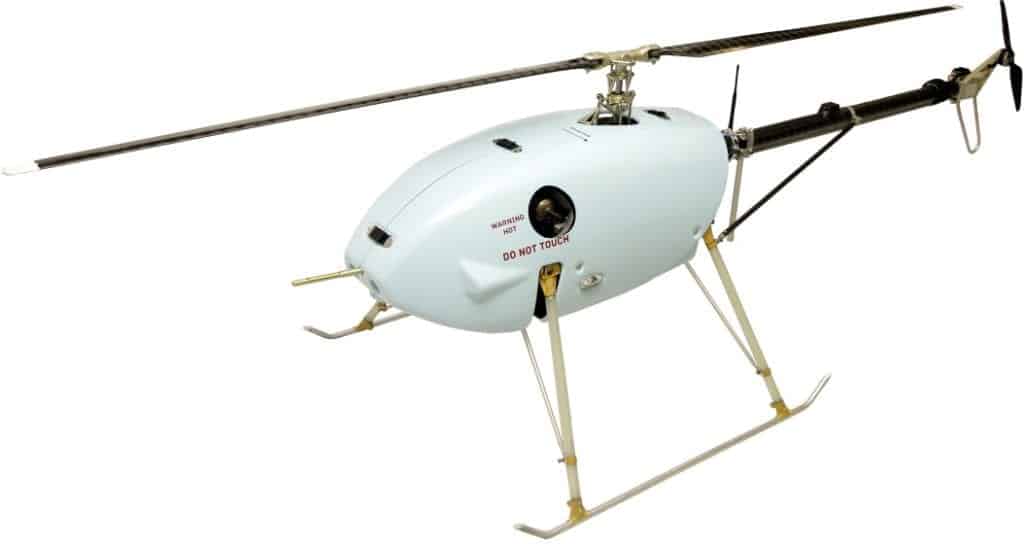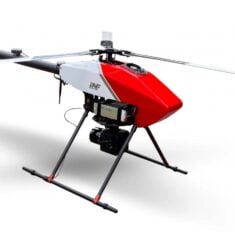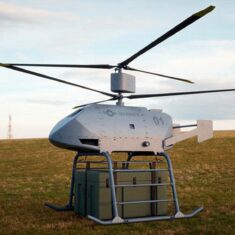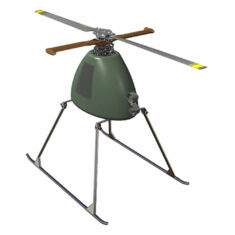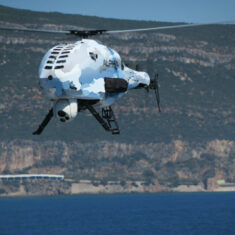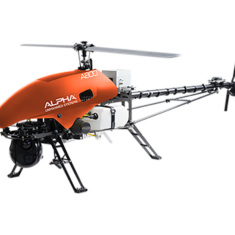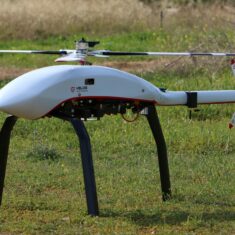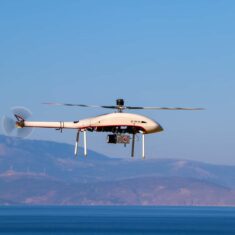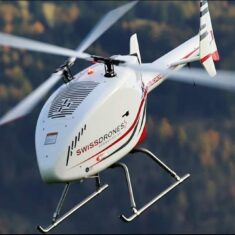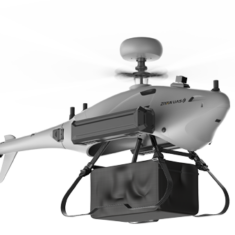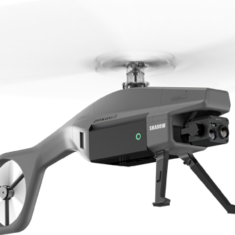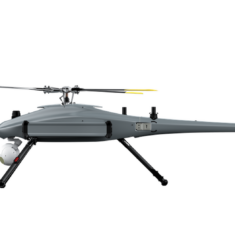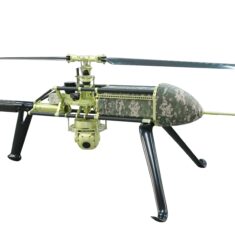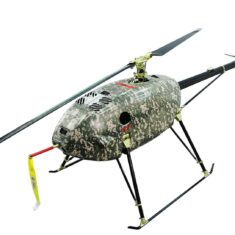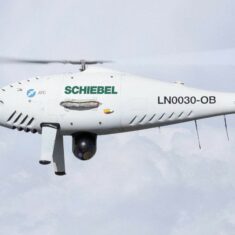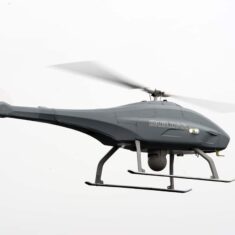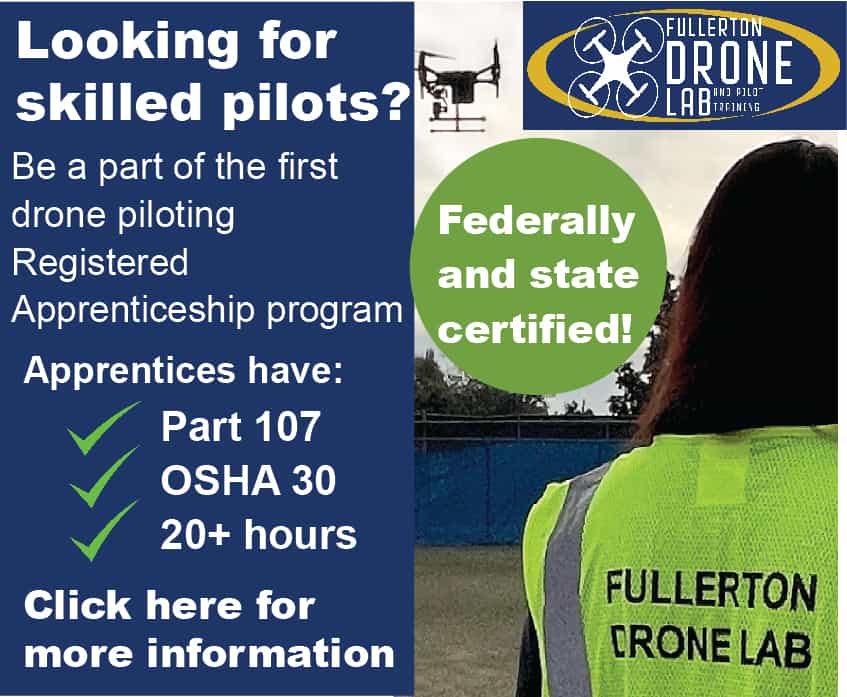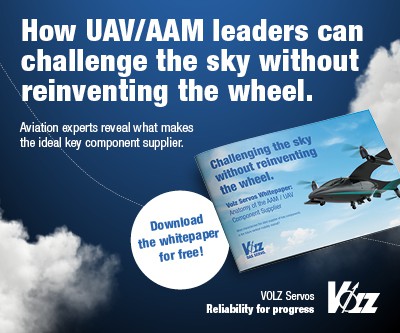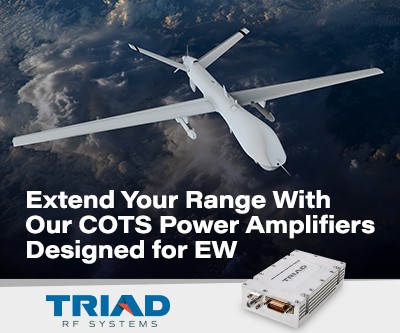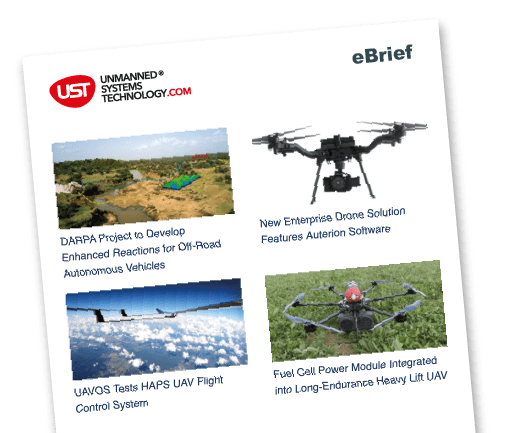Unmanned Helicopters and Helicopter Drones
Find manufacturers of unmanned helicopters, helicopter drones and UAVs for military, industrial and environmental applications. Includes rotary wing drones used for search and rescue, security and surveillance operations.What is an Unmanned Helicopter?
Helicopter drones are unmanned aircraft that operate on the same flight principles as manned helicopters, using spinning rotors to generate lift and thrust. The most common rotor configuration uses a single main rotor, plus a tail rotor that provides counter-torque. Tandem rotor and tiltrotor helicopter UAVs also exist, featuring rotors mounted on rotating engine pods that change angle to provide vertical lift or forward flight.
Single rotor drones may be designed from the ground up or converted from existing manned platforms. The latter may feature the option to switch between piloted or unmanned flight, and in this case may be referred to as Optionally Piloted Vehicles (OPVs).
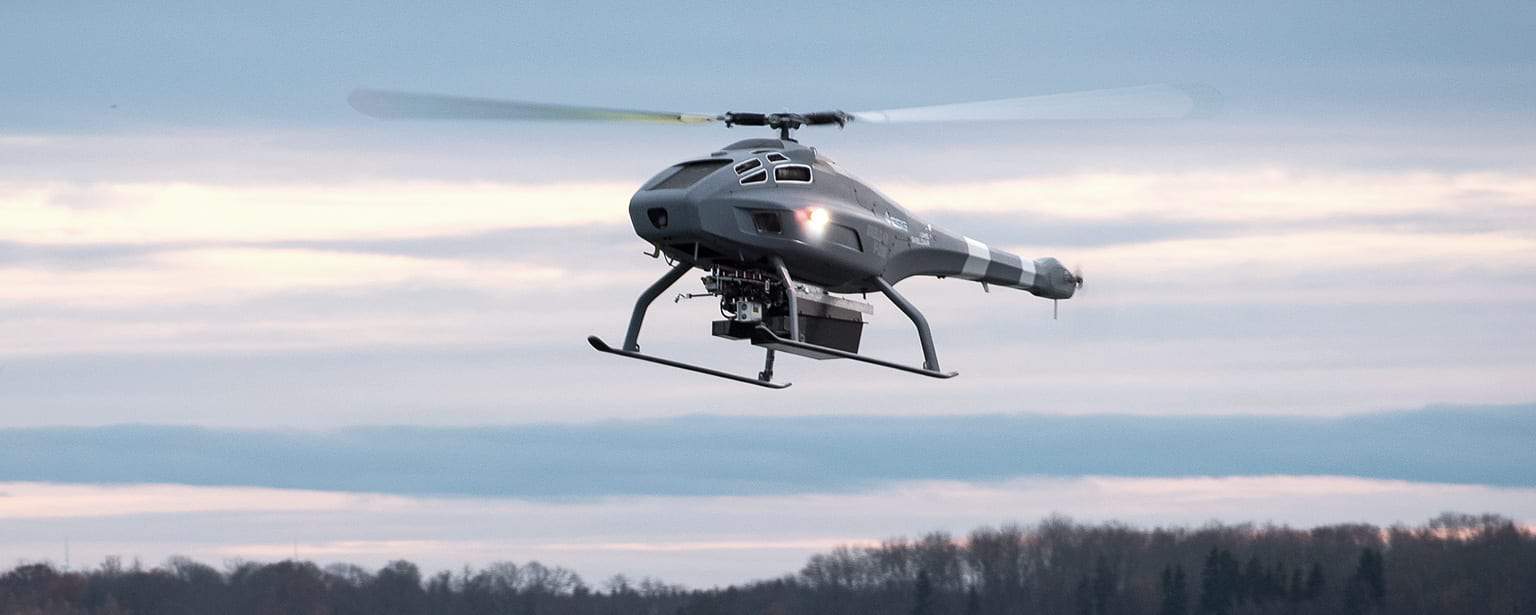
Propulsion
Due to the size of most rotary wing UAVs, they are typically powered by gasoline or diesel engines. Batteries have a lower energy density than conventional fuels, and the weight of batteries required to provide long flight times would be prohibitive. Micro-sized and nano helicopter UAVs, designed to be carried by a single operator and typically used for short-duration military and battlefield reconnaissance missions, do exist and are battery-powered.
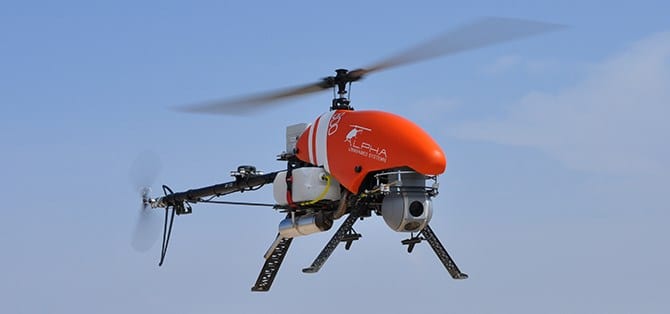
Fuel cell-based propulsion systems, which convert chemical energy from fuel (typically hydrogen) into useful electrical energy, are also being tested on unmanned platforms. Fuel cells for have a number of advantages, such as clean emissions and a higher energy density than batteries.
Payloads and Applications
Helicopter drones can carry a wide variety of payloads, including daytime and IR cameras, environmental sensors, LiDAR scanning systems and radio relay equipment, as well as missiles and other offensive capabilities.
They are employed for a broad range of missions across many industries and sectors. Applications include:
- Military and defense
- ISR (Intelligence, surveillance and reconnaissance)
- Battlefield fire support
- Search and rescue
- Security and law enforcement
- Mapping and surveying
- Precision agriculture
- Industrial inspection
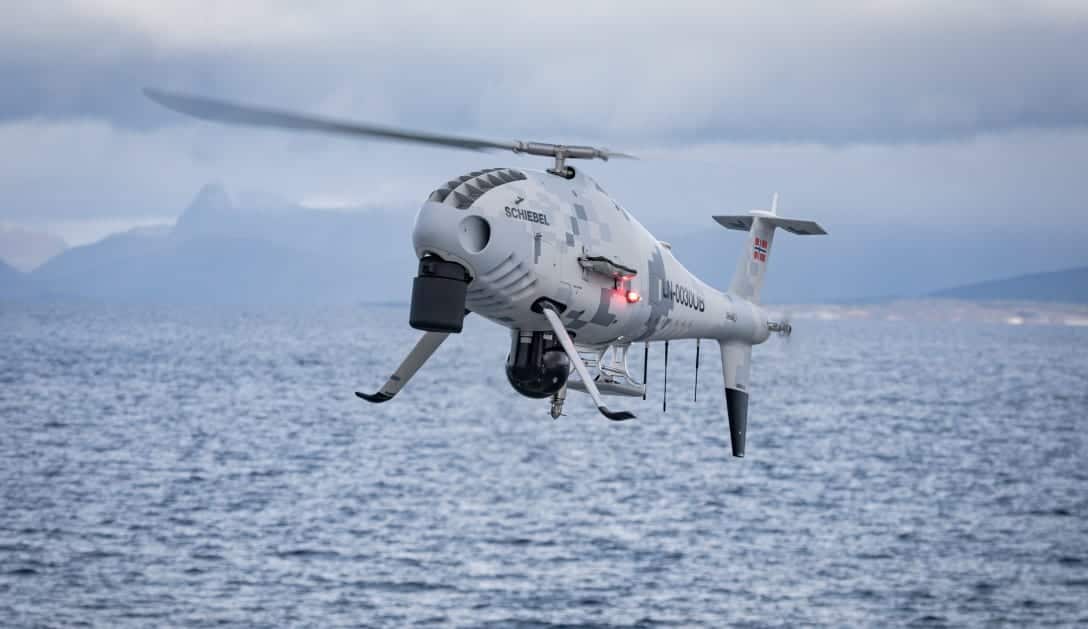
UAV Helicopters vs Fixed-Wing Drones
Single rotor drones can carry larger payloads and fuel amounts than multirotor UAVs and smaller fixed-wing drones, and thus have greater flight endurance. They are also more efficient at higher speeds.
Due to the VTOL capability of UAS helicopters, they can operate in a wider range of ground conditions than fixed-wing aircraft, which require a certain amount of space to take off and land. This often makes VTOL rotary wing UAVs preferable for maritime operations, inspection and surveillance.
Rotary wing drone designs tend to be more complex than fixed wing counterparts, which can lead to increased maintenance requirements.
